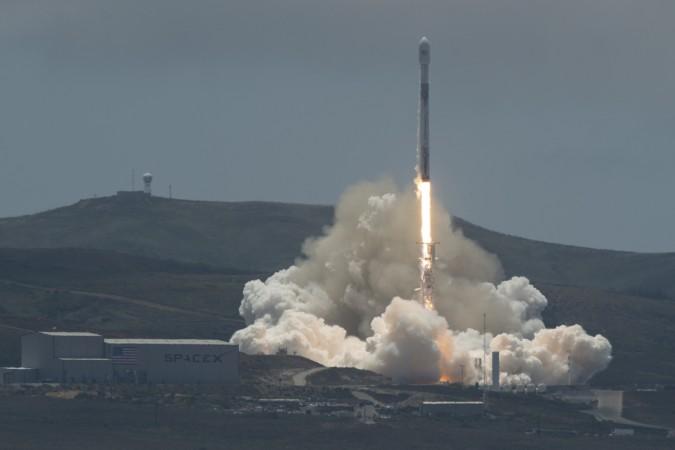
SpaceX launched the NASA Gravity Recovery and Climate Experiment Follow-On (GRACE-FO) using one of their used Falcon 9 rockets. The mission is a joint effort between NASA and German Research Centre for Geosciences (GFZ), where twin satellites will track the constant movement of water and other changes in the mass of the planet, both on the surface as well as beneath the ground.
NASA reports that the launch was successful, with ground stations receiving signals from both the GRACE-FO satellites and they are performing as expected. The satellites are now at an altitude of about 490 km above Earth and are travelling at speeds of over 7.5 km per second, in a near-polar orbit, circling the planet every 90 minutes.
Over the next five years, GRACE-FO will monitor the movement of water and mass around the planet by measuring how this mass affects the Earth's gravitational pull. Changes in gravity will make the distance between satellites vary by a slight margin, notes the report. The satellites will operate at a distance of about 220 km apart, but onboard instruments can measure even slight deviations. NASA says that a separation to within the width of a human red blood cell can be picked up by the GRACE-FO's systems.

"GRACE-FO will provide unique insights into how our complex planet operates," said Thomas Zurbuchen, associate administrator of NASA's Science Mission Directorate at NASA Headquarters. "Just as important, because the mission monitors many key aspects of the Earth's water cycle, GRACE-FO data will be used throughout the world to improve people's lives – from better predictions of drought impacts to higher quality information on use and management of water from underground aquifers."
The mission, as its name suggests, is a follow up to the original GRACE mission that ran from 2002 to 2017. "This mission continues and advances an amazing achievement of science and technology pioneered by the United States and Germany," said Zurbuchen.
Among the original mission's original findings was the revolutionary first time calculations of just how much ice is being lost to the sea from the polar ice sheets in Greenland and Antarctica. Data collected over that time helped scientists gain a better understanding of the processes behind sea level rise and ocean circulation. GRACE was also able to chart out the state of global freshwater reserves and to see where the water was growing or shrinking, see where the soil was drying up. The mission was also able to see the Earth as one solid chunk, studying earthquakes.
"Extending the data record from GRACE will allow us to better distinguish short-term variability from longer-term trends," said Zurbuchen.

















